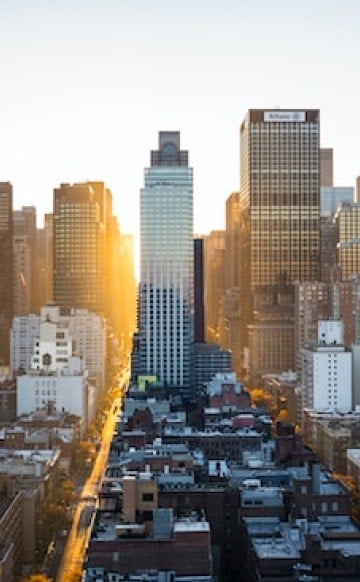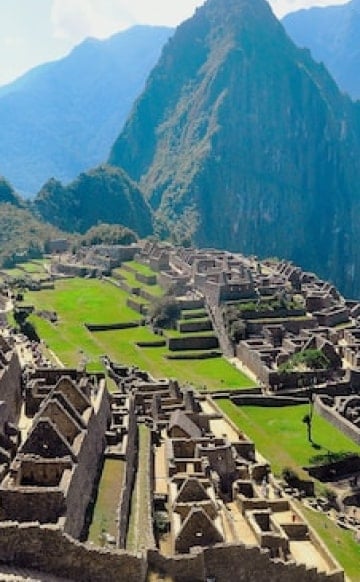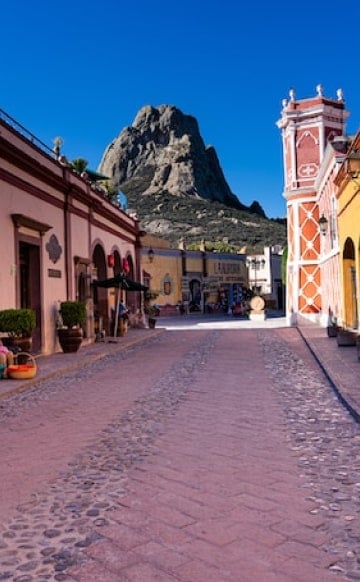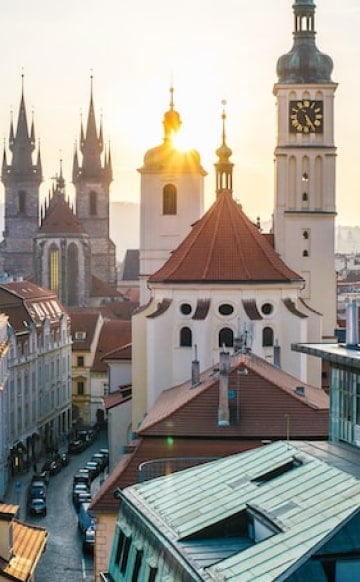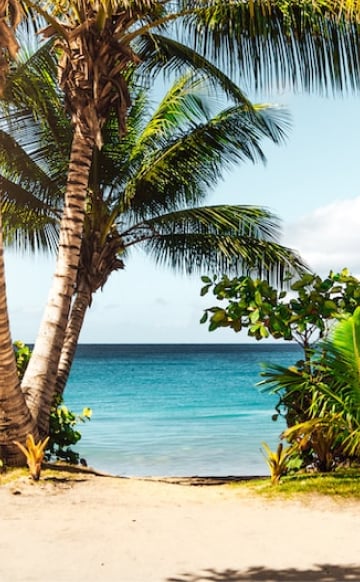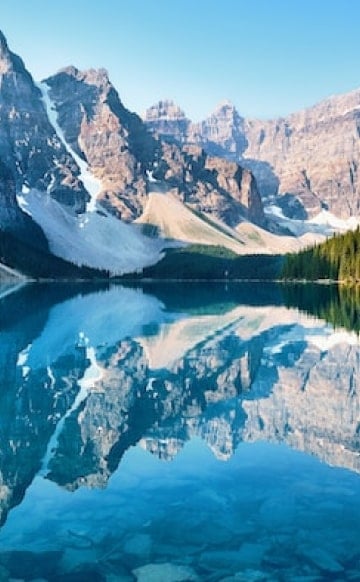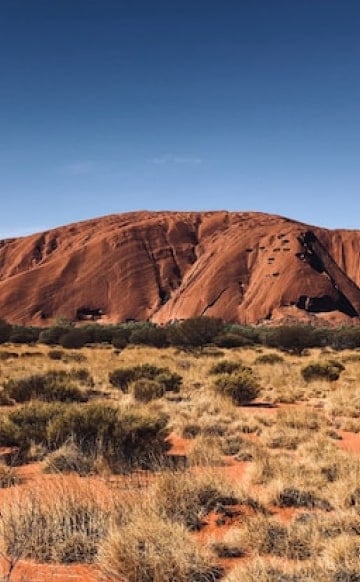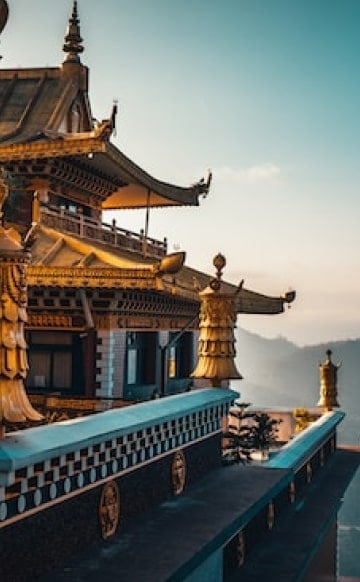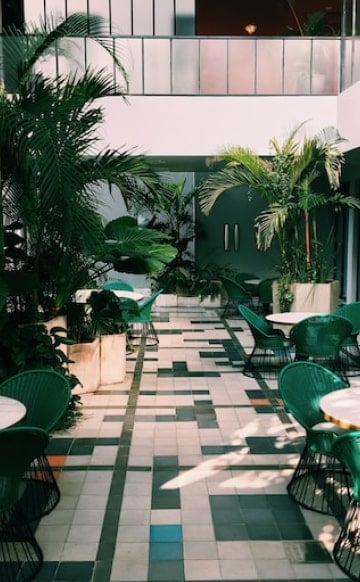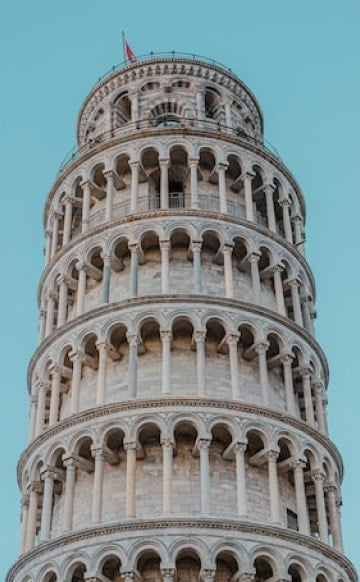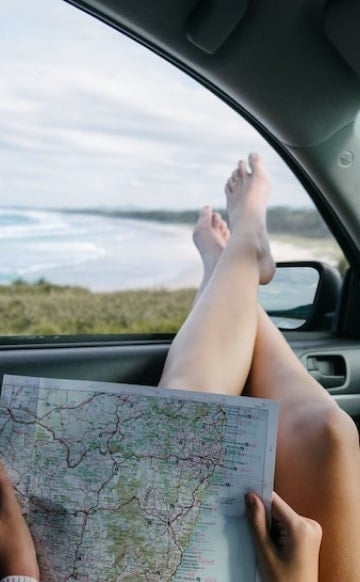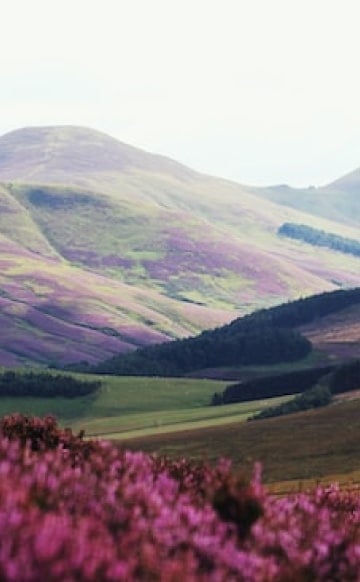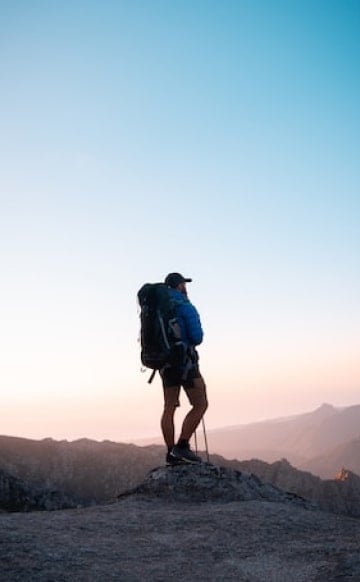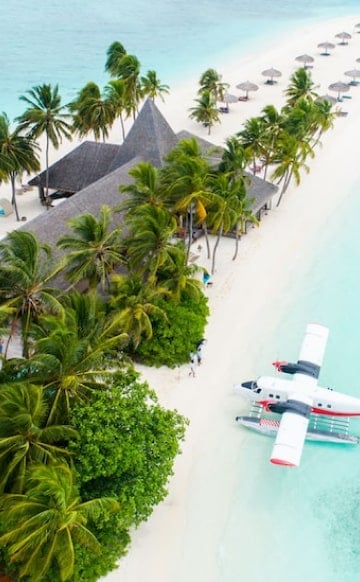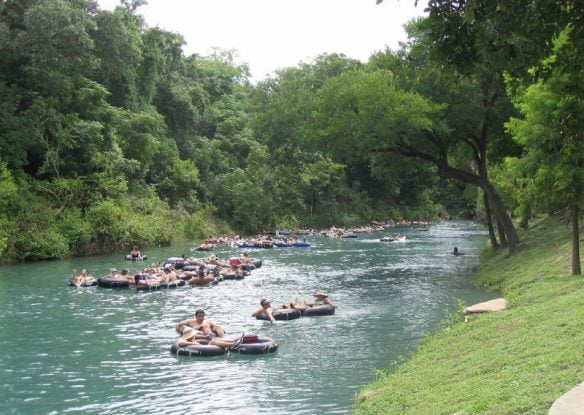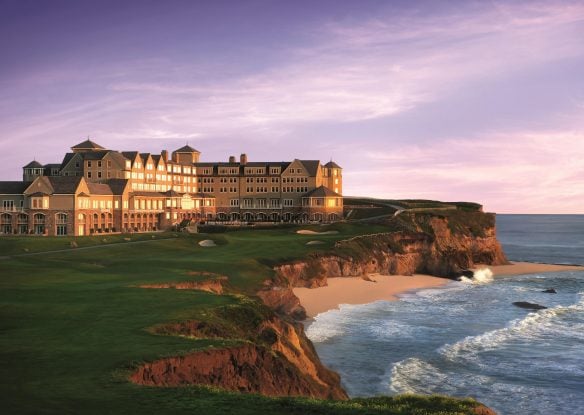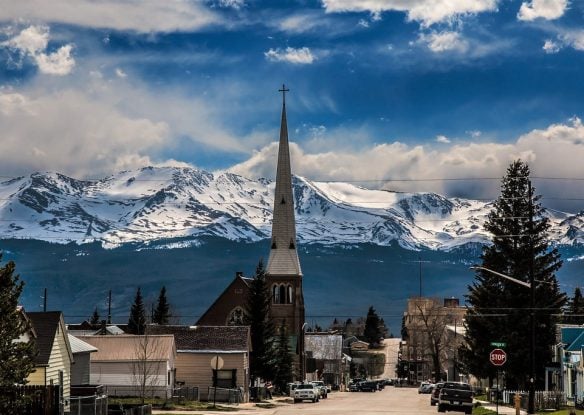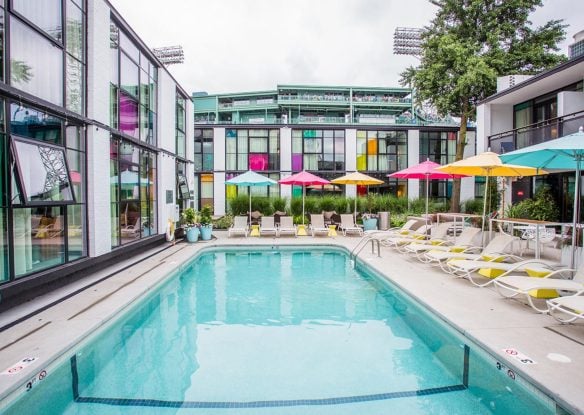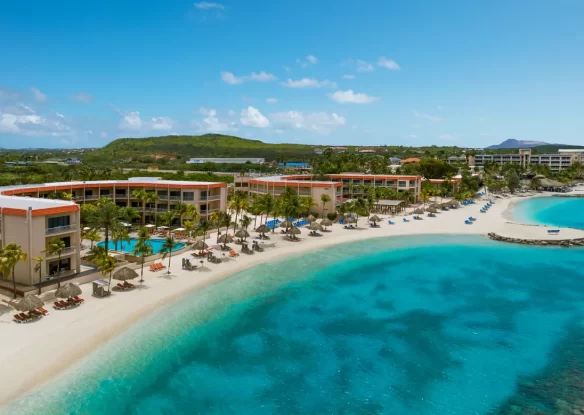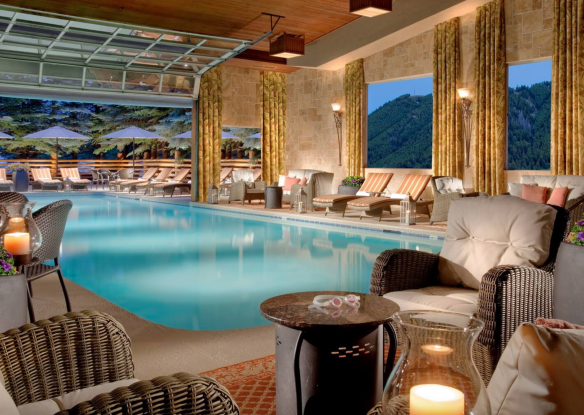If you like waterfalls, the Pacific Northwest is the top spot in the country to see them. You could easily put together an itinerary that can bring you to them all but these are all worth traveling to as a destination of their own, with lots of exciting outdoor adventures available in the area. You’re sure to be mesmerized and come home with plenty of postcard-perfect photos.

Snoqualmie Falls - Snoqualmie, Washington
Snoqualmie Falls is one of Washington’s most famous, thanks to being spotlighted in shows like the cult TV series “Twin Peaks,” and films like 1993’s “The Vanishing.” Just 40 minutes east of Seattle, the fast-moving whitewater plunges 286 feet from the Snoqualmie River into a 65-foot-deep pool below. The falls are surrounded by a beautiful park that includes a gift shop, small café and observation deck as well as a large grassy area, ideal for an afternoon picnic.

Marymere Falls - Olympic National Park, Washington
One of the prettiest falls in Washington is located in Olympic National Park, a destination that offers an array of exciting things to do, including the chance to explore many gorgeous falls. It can be reached via an easy, just under a mile hike leaving from the Storm King Visitor Center, meandering under a lush, green canopy of moss-covered trees. The waterfall itself is stunningly beautiful as it gracefully spills nearly 90 feet into a tranquil emerald pool below. Not only does it make a picture-perfect photo op, but you’ll want to stop and capture many of the picturesque scenes along the way.

Palouse Falls - Palouse Falls State Park, Washington
Palouse Falls is located in Palouse Falls State Park in the Palouse region of Eastern Washington. Formerly known as Aput Aput, meaning “Falling Water,” it was named by the Palouse Native Americans and boasts an impressive drop, plunging 198-feet, 17 feet higher than even Niagara Falls. It’s surrounded by dramatic and colorful basalt cliffs along the Palouse River, upstream of the confluence with the Snake River. The park itself offers picnic areas and a campground.

Myrtle Falls, Mount Rainier National Park
Mount Rainier National Park is the perfect spot for outdoor enthusiasts, as it not only offers miles and miles of scenic trails but all that snowmelt results in many magnificent cascades, including 72-foot-high Myrtle Falls. It’s very easy to reach and spills down a deep gorge carved out by Edith Creek. Christine Falls is also a show stopper, with the lower falls framed by an arching bridge, all surrounded by lush greenery. Silver Falls is a must-visit as well, you’ll hear the roar well before you see the water as you hike the 3-mile Silver Falls loop trail from Ohanapecosh Campground.

Multnomah Falls, Oregon
The most photographed waterfall in Oregon, and perhaps even the world, Multnomah Falls is located just off the Historic Columbia River Highway in the Columbia Gorge which separates Washington and Oregon. It’s the state’s tallest waterfall, cascading 620 feet into a pool below. As it’s by rainwater and snowmelt, the steady stream of water runs all year long, although the highest volume in the winter and spring. While most come simply to view the falls from its base, locals know that by hiking just another mile from the bridge to the top, they’ll be rewarded with the very best views – and sometimes, even all to themselves.

Latourell Falls, Oregon
Also situated in the Columbia River Gorge, famous for the hundreds of its many stunning cascading falls, Latourell Falls is the closest of the Columbia Gorge waterfalls to Portland. While you can get a glimpse right from the highway, a short walk up a steep paved path will bring to a clear viewpoint of the 249-foot-high waterfall. A trek down another path leads to its misty base. Of course, while you’re visiting this area you can take advantage of Portland’s many fantastic attractions from the famous Rose Garden and lush forest park to vintage shopping, great farmer’s markets and more.

South Falls - Silver Falls State Park, Oregon
Silver Falls State Park is a 60-mile drive south of Portland, and very much worth the trip. You can hike the Trail of Ten Falls, the park’s centerpiece, to view 10 jaw-dropping waterfalls, half of which are at least 100 feet tall, and four offer the chance to walk behind the cascade of water. In between, you’ll enjoy passing scenic forests, crystal clear streams and stunning canyon viewpoints. South Falls may not have the most imaginative name, but it’s magnificent and the most popular of all the park’s falls. It drops for 177 feet over a ledge, giving it a classically slender, rectangular shape, and an alcove behind it offers the chance to walk right behind the cascading water to view it from a number of angles.

Punch Bowl Falls, Oregon
Punch Bowl Falls is also located in the scenic Columbia River Gorge along Eagle Creek. An enduring icon of the beauty of Oregon and the Northwest, this one is more remote, accessed via the Eagle Creek trail, which boasts dozens of incredible waterfalls, towering basalt cliffs, and the lush temperate rain forests. The Eagle Creek to Punch Bowl Falls hike is one of the shorter options for taking in the beauty of the gorge, and the 35-foot-high falls. Eagle Creek cuts through a narrow channel, shooting powerfully into a large bowl, hence its name.

Shoshone Falls - Twin Falls, Idaho
Shoshone Falls in Twin Falls, Idaho is 212 feet in height and 900 feet wide. As it’s so dramatic and tall, it’s often referred to as the “Niagara of the West.” Located along the Snake River, which carves its way through the deep basalt canyons as the largest tributary to the Columbia River. it’s at its most powerful and most captivating in the springtime and into early summer when water flows are high. Around the falls are scenic hiking, lovely landscaped areas for picnicking, playgrounds, lookout points and a swimming area.

Mesa Falls - Ashton, Idaho
Upper Mesa Falls is as tall as a 10-story building and thunderously pours over remnants of an ancient volcanic eruption. Lower Mesa Falls is a mile south and appears very similar with the river r continually carving away lava and solidified ash. These are the last falls along the Snake River that have no man-made influences. Both are easily accessible by walking paths and viewing platforms. The falls are within 60 miles of both the main entrances of Yellowstone and Teton national parks main entrances.
